13: Line
- Page ID
- 126928
Discussion:
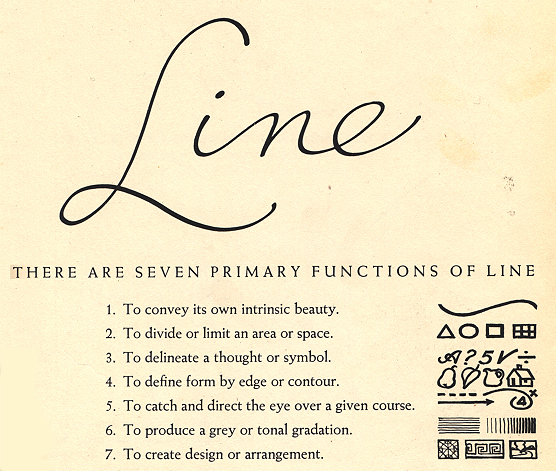
The simplest mark we can make in art is a dot. If we theoretically extend that dot along a path we create a line. The line we create may have characteristics suggesting an organic form or a mechanical, man-made form. The line may enclose a space, or create a symbol such as a letter in an alphabet. Line, although an abstract construct, has the ability to visually communicate in a variety of ways. It is often the starting point when learning to draw. It is essential to understand the many characteristics of line when studying two-dimensional design.
The organic/sensual line can be quite expressive with the use of contrast in thickness, length, and values. A great place to study this type of expressive line is in the curvilinear lines of Art Nouveau. Art Nouveau (or new art) was very popular from 1890-1910. One of the major influential artists of the period who is often credited with pushing this art style forward is Alphonse Mucha.



Artwork by Alphonse Mucha
https://en.Wikipedia.org/wiki/Alphonse_Mucha
https://www.youtube.com/watch?v=CYWOkvKuXvk
https://www.youtube.com/watch?v=vd8mxgPYx7g
https://personal.utdallas.edu/~melac...ticsofLine.pdf
https://slideplayer.com/slide/14844394/
https://thevirtualinstructor.com/line.html
Characteristics of the sensual organic line include the use of thick and thin, implied line (lose and find the line), and light and dark values. The above illustrations by Alphonse Mucha represent a high mark in commissioned poster and the advertising art of Art Nouveau (1890-1910) highlighting organic line. Looking at fine art from a period just after Mucha, we see the expressive line work of Egon Schiele, an artist with a tragic life story of struggle and rejection much in the way of Van Gogh and the work of contemporaries like Gustav Klimt and Edvard Munch. They present a very different feeling about European life in the late 1080s/early 1900s.
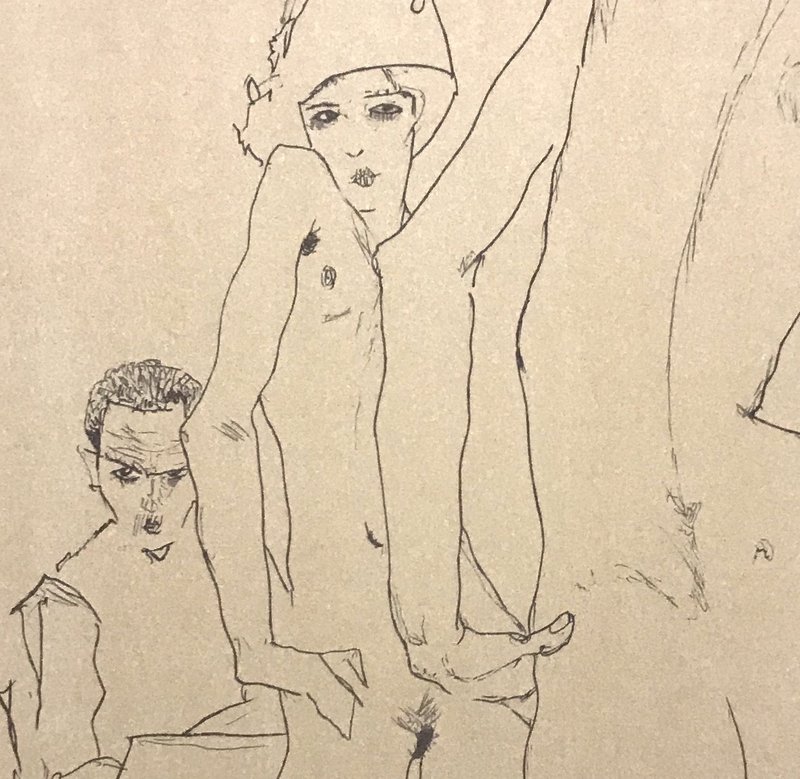
Nude in Front of a Mirror, Egon Schiele, 1910
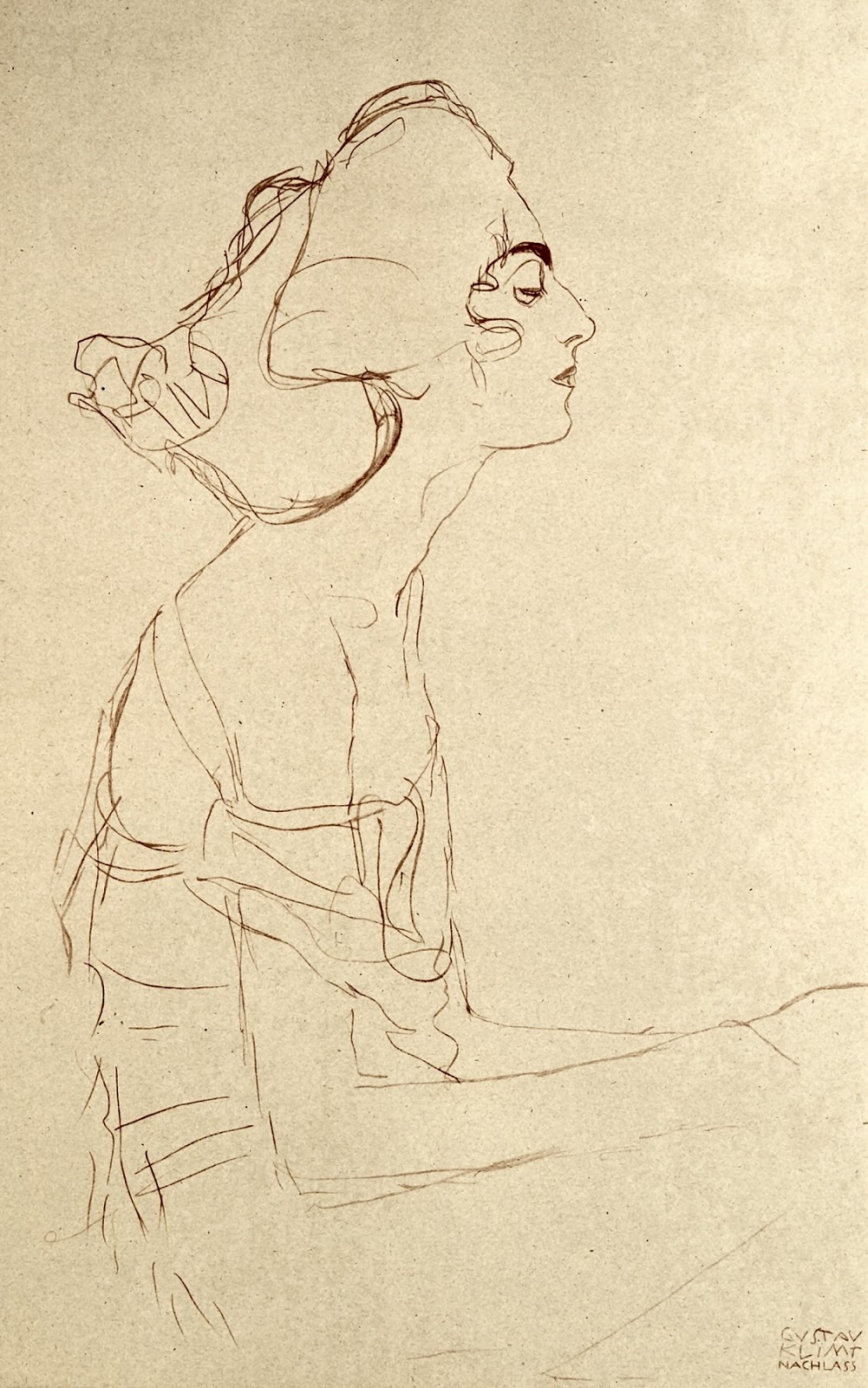
Line Drawing, Gustav Klimt, Circa. 1910 - 1916

The Scream, Edvard Munch, Lithograph 1895
The mechanical or impersonal line works well for man-made objects are for clean, abstract compositions.
https://www.youtube.com/watch?v=jL67UxZUzaE
https://en.Wikipedia.org/wiki/Mechan...ystems_drawing
Using the art element of line can be a way of documenting through sketching scenes from life. A great example of this is shown below. The sculptor Auguste Rodin was permitted to sketch Cambodian dancers in Paris in the 1906. Although photography was available at that time, he chose to document the movement of the dancers using a combination of line drawing (sketching) and wash painting. The very free and organic lines help to capture the movement of the dancers - the essence of the dances.
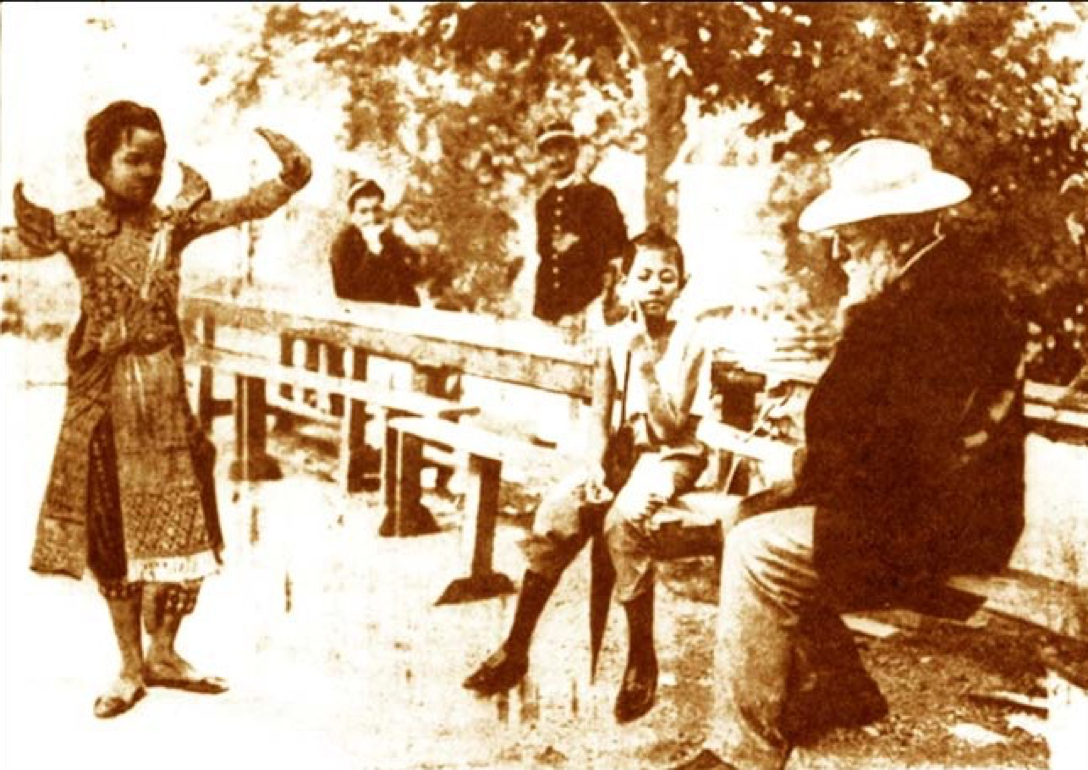
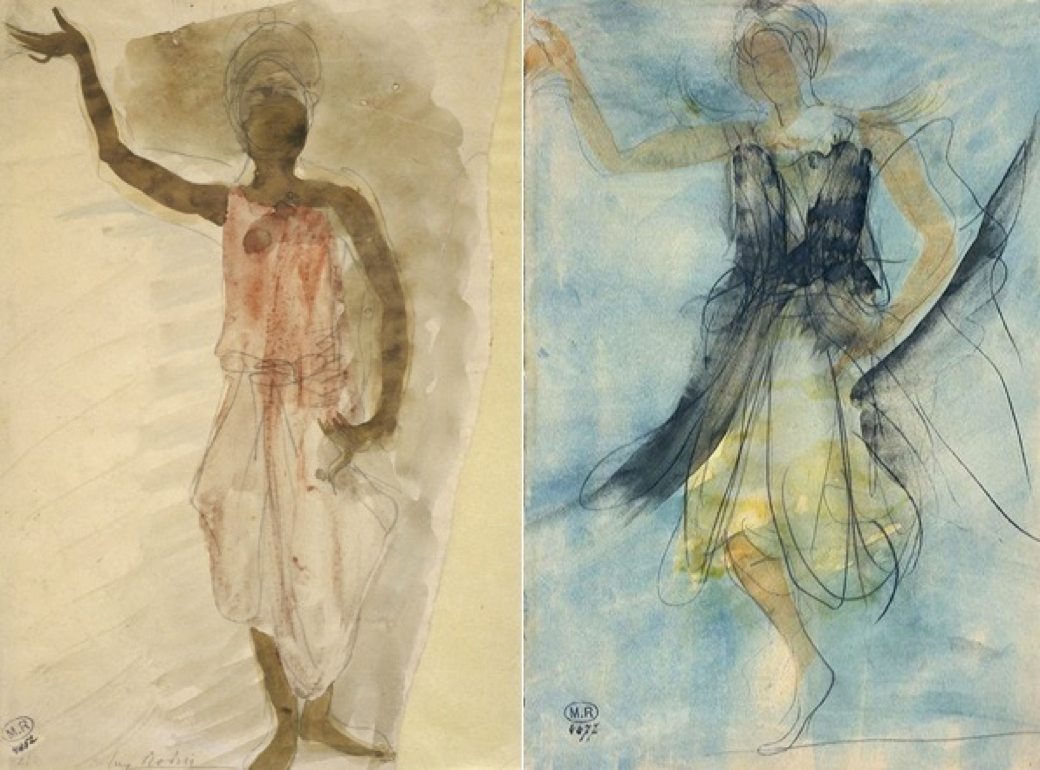
Line drawing can also be used as a preliminary step in the creation of a more finished work of art as seen below.
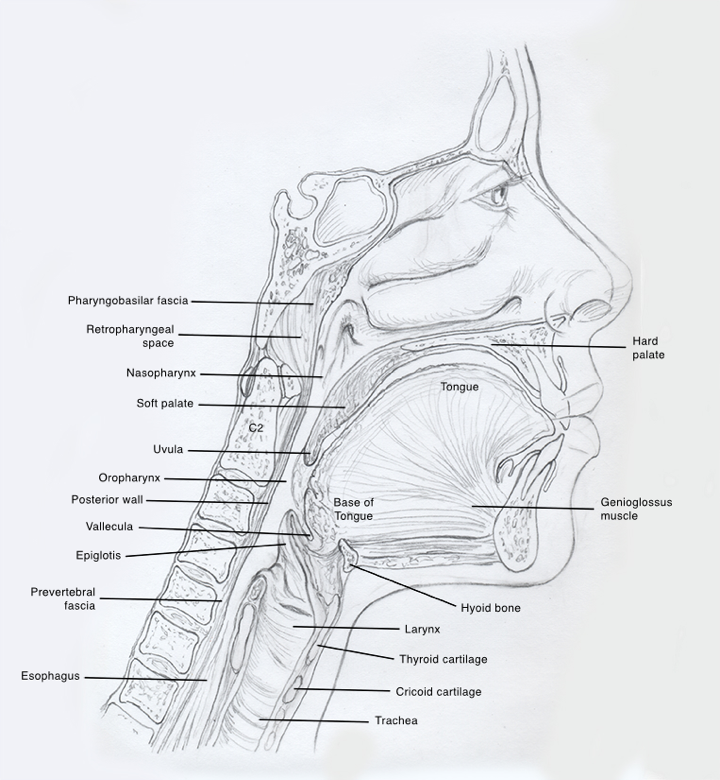
https://www.meleonarddesign.com/publ...aItem-irp5gqs6
Line drawing can also be used to create a technical drawing such as a map.

The use of line contrast with organic forms may enhance the design as seen in the Kelmscott Press printing label.
https://www.clevelandart.org/researc...elmscott-press
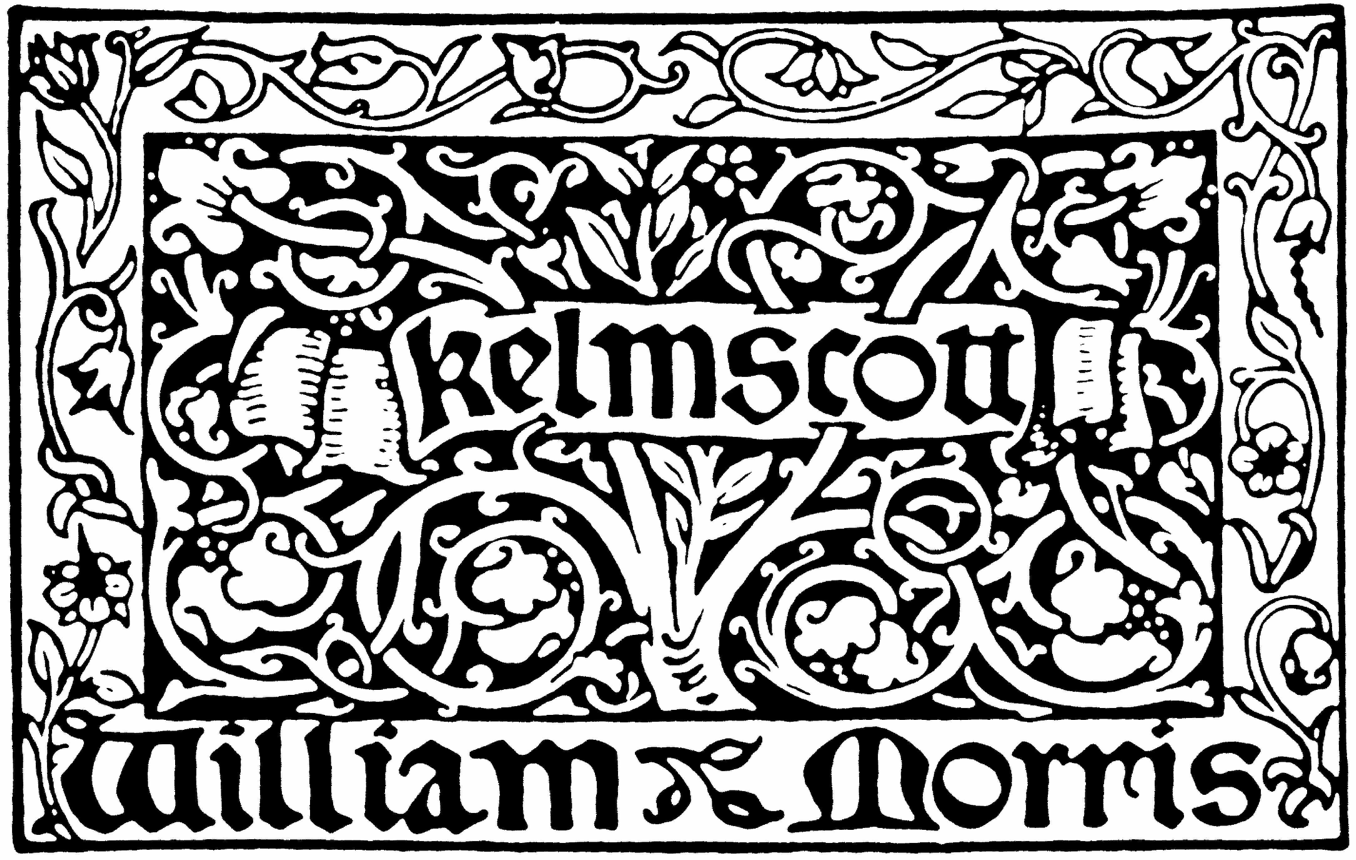
Kelmscott Press and William Morris

Drawings by Vince Lowe


Albrecht Dürer 1500s

Cartooning line and wash by Michael E. Leonard
Assignment
Part 1:
Use a combination of cut paper, ink drawing and/or painting to create an abstract 2-D composition.
Express the personal character of line as described in the chapter. Ask the questions: Do I wish to create an expressive line using thick and thin variations of line weight or a more calculated impersonal line of the same weight?
Required art elements are: Line and Implied Line. Optional elements may be Crosshatching, Shape, Letterforms, Representational Forms and Color.
Take considerable time to closely examine design techniques learned from previous chapters and how you apply them in your composition. The placement of Line, Shape and Color should be an intellectual process that you can defend. Does the Visual Field have a vertical and horizontal grid? Are Line and Shape relating clearly to the Visual Field edge? Are you utilizing the available art tools such as squares, compass and French curves to assist you in the assembly and creation of the composition?
Artistic craftsmanship is becoming more and more critical as the semester continues. Are you making progress and improving in this critical area?
Part 2:
On a separate sheet of paper list the design considerations incorporated into Part 1. Be prepared to defend during critique your list relative to your design.

